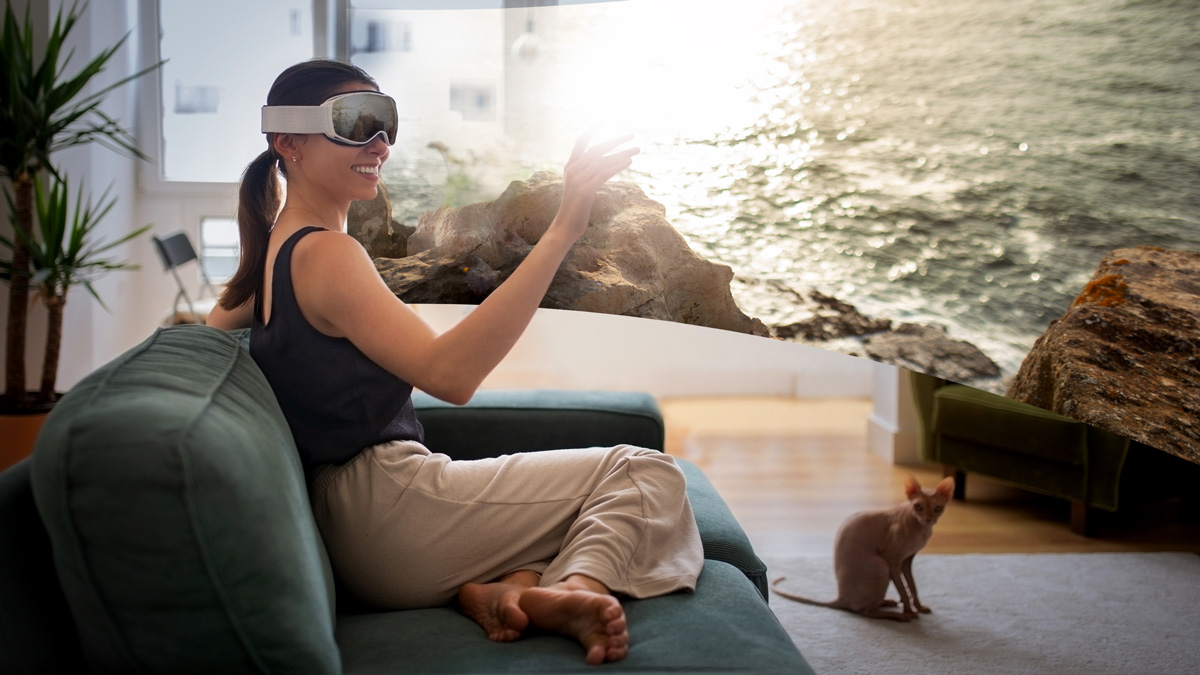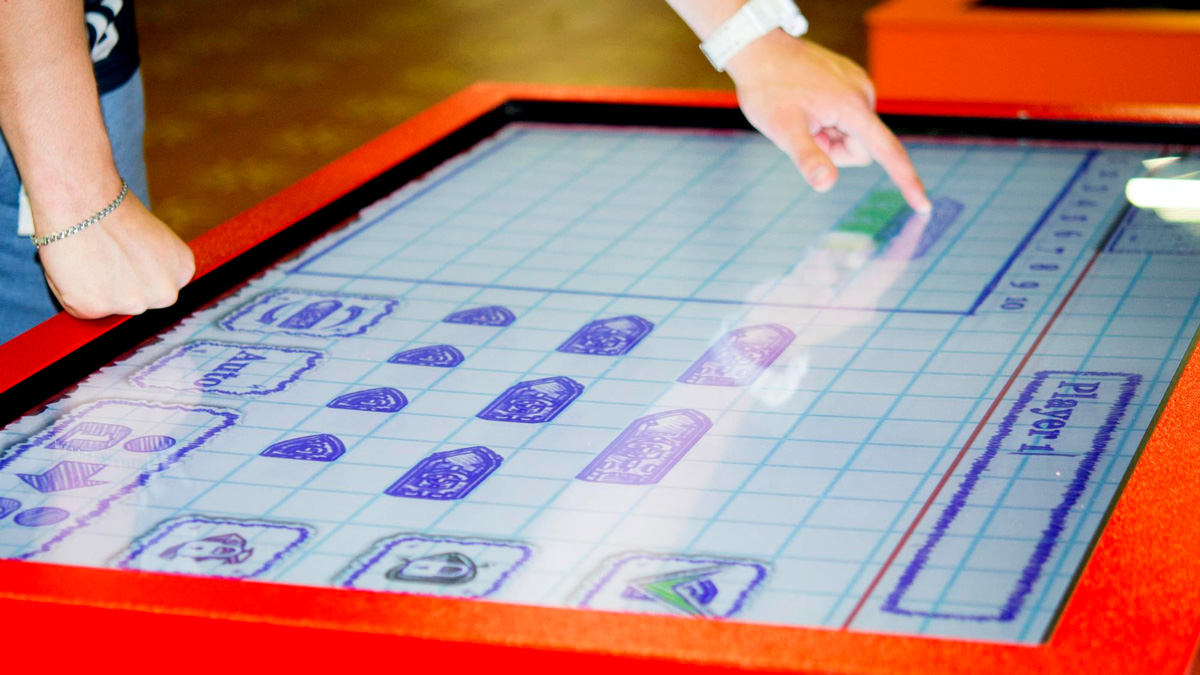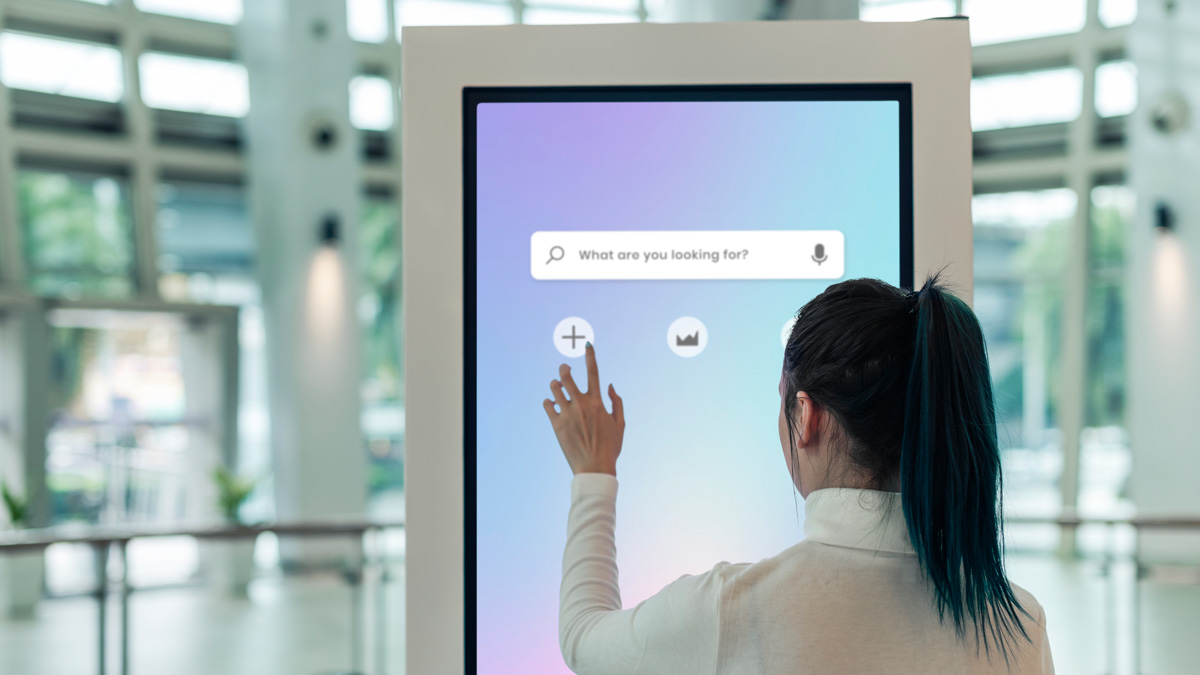
Augmented Reality (AR) and Virtual Reality (VR) in marketing and branding campaigns offer a unique and interactive way to connect with your audience. These technologies allow you to create memorable experiences that captivate consumers and drive conversions. However, as customer demands evolve with technological advancements, marketers must stay up-to-date to meet these expectations and deliver interactive experiences.
In this blog post, we’ll explore various interactive AR and VR ideas and examples in marketing and branding.
Interactive AR in Marketing and Branding
Interactive AR is making waves in marketing and sales by providing unique, mobile-based experiences. It enables consumers to try products before purchasing, making augmented shopping experiences increasingly popular.
According to a report by Zapper, AR offers 70% better memory recall than non-AR content. From testing makeup to virtually test-driving a car, there are various examples that show AR offers convenient and interactive ways to enhance brand value and drive sales.
AR Try-Ons
This technology lets customers virtually preview clothing, accessories, and even makeup using smartphones or devices.
By superimposing digital garments or products onto the user’s image in real-time, AR enables a realistic simulation of how items would look and fit. This improves the online shopping experience by reducing uncertainty about fit and style and significantly decreasing return rates.
For example, Farfetch has integrated AR into its mobile app to enable users to try on luxury fashion items virtually. Customers can select items like jackets or dresses and see them overlayed onto their bodies using AR technology.
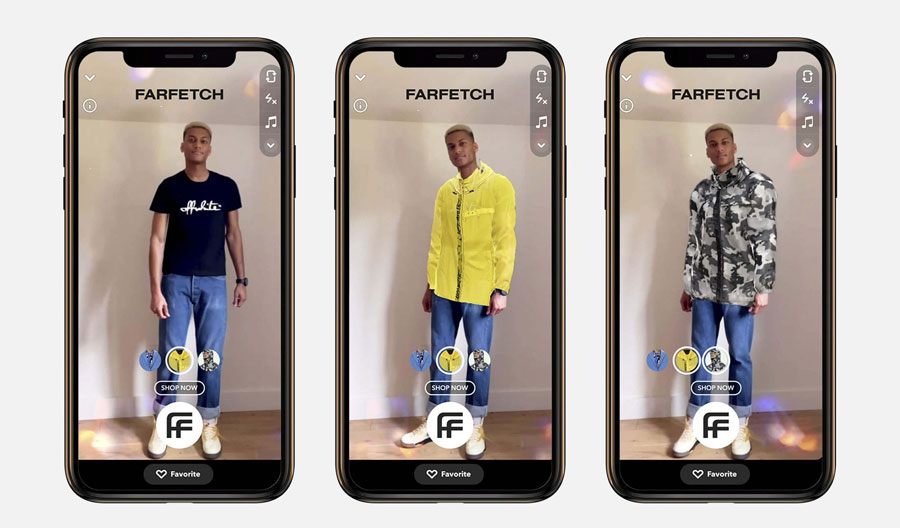
Interactive Product Demos
Interactive AR product demos have become a powerful tool for brands to showcase their products more engagingly and interactively. This technology enables consumers to visualize products in their environment, providing a realistic preview of how items look and function.
By superimposing 3D models of products onto real-world scenes captured through a smartphone camera, AR enhances the shopping experience by offering a virtual test-drive of products.
IKEA’s AR app, IKEA Place, revolutionized furniture shopping by allowing customers to place IKEA products in their homes virtually. Users can select furniture pieces from IKEA’s catalog and see them scaled and positioned in their rooms through their device’s camera.
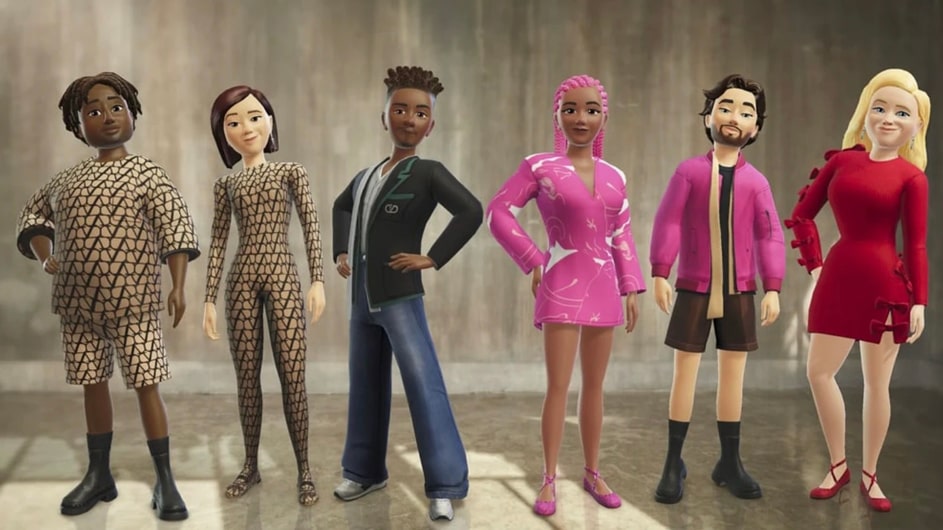
Interactive AR Packaging
AR enhances product packaging by embedding interactive experiences directly onto labels or packaging materials. This technology allows consumers to engage with digital content through their smartphones, transforming passive packaging into interactive marketing tools. It creates memorable brand interactions and increases consumer engagement.
For instance, Fanta’s “Teen Takeover” campaign integrated AR into its packaging, enabling users to scan Fanta labels with the Shazam app. This activation revealed twelve playful face filters and provided entry to a prize draw, enhancing brand visibility and driving social media interaction among its youthful audience.
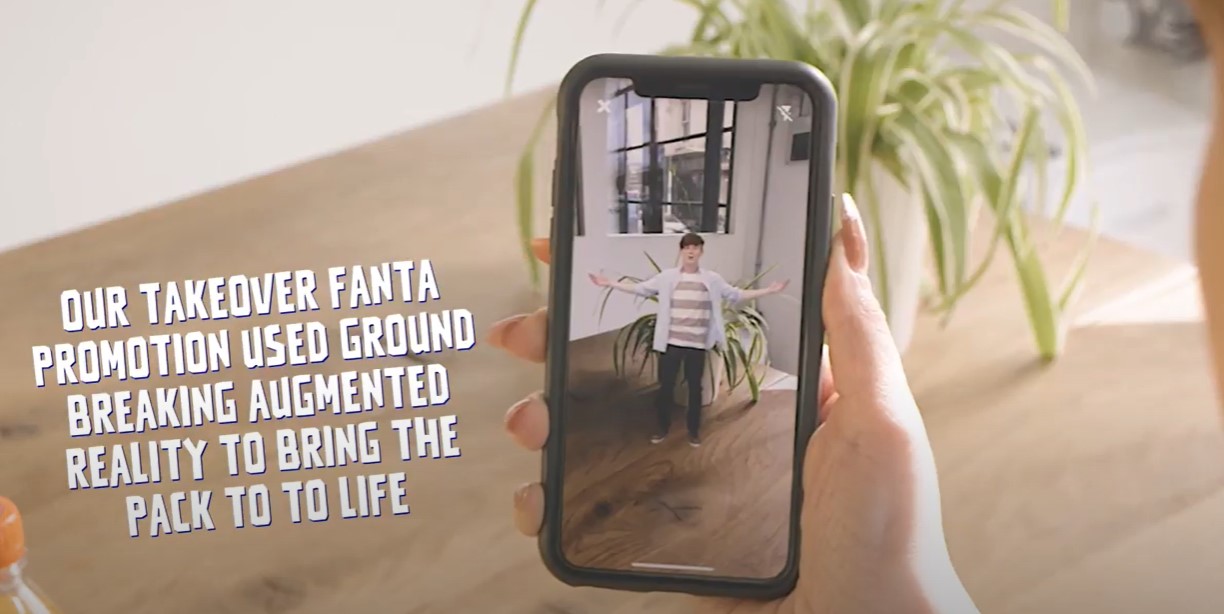
AR-Enhanced Print Ads
Interactive AR technology revolutionizes traditional print advertising by making static ads engaging and dynamic. By scanning print ads with a mobile device, consumers can access augmented content overlaid onto the physical advertisement.
This approach bridges the gap between offline and online marketing. It further captivates consumer attention and drives more profound engagement with the brand.
An illustrative example is Burger King’s innovative use of AR in print ads. Their campaign allowed users to scan competitors’ ads using the BK app, triggering a virtual “burning away” effect that revealed a coupon for a free Whopper.
This interactive experience attracted attention and encouraged visits to Burger King locations, showcasing AR’s potential to transform traditional advertising into engaging consumer experiences.
Interactive AR Games
Interactive AR games use smartphone capabilities to overlay virtual elements onto real-world environments. It encourages active participation and drives social sharing.
In other words, interactive AR games offer brands a powerful tool to engage consumers through immersive and entertaining experiences. By gamifying brand interactions, companies can deepen consumer engagement and foster brand loyalty.
Taco Bell’s “Taco Swap” campaign utilized AR to launch a TikTok dance challenge where participants swapped mundane meals for free tacos. This interactive campaign resonated with younger demographics and amplified brand visibility across social media platforms, showcasing Taco Bell’s innovative approach to engaging with its audience through digital experiences.
Interactive AR Storytelling
Interactive AR is transforming storytelling by merging digital experiences with the real world. It allows businesses to create immersive narratives that engage audiences like never before.
An outstanding example of AR in action is National Geographic’s ObservÉtoiles. Located at Au Diable Vert in Quebec, this open-air AR planetarium offers visitors a unique stargazing experience.
Using AR headsets, guests explore constellations and planets projected onto the real night sky. This innovative approach educates about astronomy and weaves in mythological and scientific narratives, captivating audiences of all ages.
Interactive AR Navigation and Wayfinding
Interactive AR enhances user experience (UX) by directly providing interactive visual cues, such as directional arrows or virtual signposts, on your device. Whether navigating a complex airport terminal or a sprawling shopping mall, AR navigation apps guide you seamlessly to your destination, making the journey intuitive and efficient.
For instance, Gatwick Airport introduced an interactive AR navigation app that helps travelers find their way to gates, baggage claim areas, and check-in counters and enhances the overall airport experience.
Installed over 50,000 times within its first two months, this app uses AR to display real-time information and personalized directions through a user’s smartphone camera view. By integrating promotional offers from shops and restaurants along the way, Gatwick also enhances its brand visibility and customer engagement.
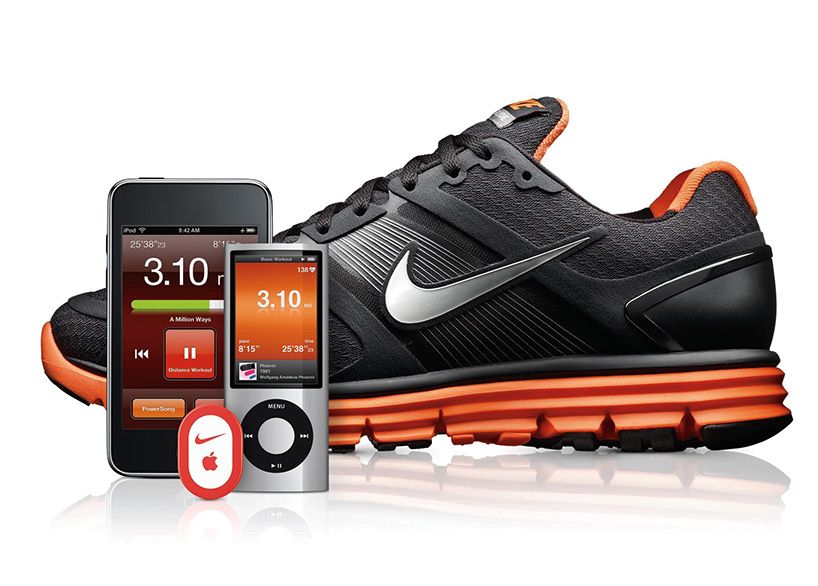
Interactive AR Social Media Filters
Interactive AR filters allow users to interact with virtual objects in their environment, enhancing engagement and entertainment value. Creating custom AR Filters presents a unique opportunity for brands to connect with their audience deeply.
For example, major brands such as Netflix, Gucci, Lego, Adidas, and H&M have successfully used AR Filters to promote their products and engage with millions of social media users. This interactive experience boosted brand awareness and encouraged user-generated content sharing, effectively turning consumers into brand advocates.
AR-Enhanced Outdoor Advertising
Interactive AR outdoor ads typically use digital screens or smartphone apps to overlay virtual elements onto real-world scenes, transforming ordinary spaces into interactive showcases. This innovative approach allows brands to interact with consumers unexpectedly, enhancing engagement and brand recall.
For instance, Pepsi’s “Unbelievable” campaign in 2014 utilized AR technology to transform a London bus shelter into a spectacle of extraordinary events visible through a seemingly transparent window. Passersby were treated to surreal scenes like alien invasions, tiger encounters, and meteorite crashes, all projected onto the shelter’s digital screen.
The campaign captured genuine reactions from unsuspecting commuters, then shared widely online, generating millions of views on platforms like YouTube.
Interactive VR in Marketing and Branding
Interactive VR in marketing and branding bridges the gap between experience and action. It offers digital experiences that promote products and services. It can also showcase ongoing developments, engaging customers in your creative process and gathering valuable feedback.
VR creates immersive and engaging experiences that attract people to interact with the brand on their own terms, rather than the brand having to push the message onto them.
Interactive Virtual Showrooms
These interactive VR environments allow you to explore and interact with products in a way that traditional online shopping cannot match. Through VR headsets, users can engage with detailed 3D renderings of products, manipulate them, and experience their features as if they were physically present.
For example, Dyson introduced Dyson Demo VR, a 360° virtual reality platform where consumers can explore and interact with Dyson products from the comfort of their homes. By immersing customers in a digital space that mirrors physical retail environments, Dyson enhances brand engagement and empowers consumers to make well-informed decisions.
Interactive VR Brand Experiences
Interactive VR brand experiences allows brands to create dynamic and memorable interactions that resonate deeply with customers. Through VR, brands can transport users into virtual worlds where they can explore products, services, or brand narratives in a highly engaging and personalized manner.
For instance, Audi pioneered VR entertainment in vehicles with holoride technology, transforming its cars into interactive experience platforms. At CES 2023, Audi showcased how selected models, like the Audi e-tron and e-tron Sportback, offer passengers immersive VR rides synced with real-time driving movements.
Interactive VR Event Participation
VR immerses users in simulated settings using specialized hardware like headsets or goggles. By incorporating VR into events, organizers can offer unique opportunities for participants to interact with products, discover virtual worlds, and engage in activities that transcend traditional event formats.
For example, holoride showcased its innovative VR platform at IAA Mobility, transforming the event experience by combining VR with moving vehicles. This “Elastic Content” concept integrates live ride information with virtual content, delivering interactive games and apps that synchronize with the car’s movements.
Interactive VR Tours
Interactive VR technology enables users to delve into historical contexts through sensory-rich environments where they can see, hear, feel, and even smell the distant past. By integrating advanced features like high-resolution VR headsets, haptic feedback systems, scent dispensers, and motion chairs with 360-degree rotation, VR tours elevate the exploration of cultural heritage to new heights.
For instance, Cityneon’s groundbreaking exhibition “Machu Picchu and the Golden Empires of Peru” exemplifies the power of VR to bring ancient civilizations back to life. By using VR, Cityneon enabled visitors to experience the awe-inspiring landscapes and explore artifacts from Andean cultures, including rare treasures never before seen outside of Peru.
It allows millions worldwide to engage with historical marvels like Machu Picchu in unprecedented detail.
Interactive VR Training Simulations
This approach allows employees to experience and learn from situations that are difficult, dangerous, or impractical to replicate in traditional training settings. VR training enhances learning retention and improves engagement by providing a hands-on learning experience that mirrors actual job challenges.
For example, Walmart has embraced VR training to enhance the skills of its vast workforce across 4,000 locations. Partnering with Strivr, a company initially focused on athletic training using VR, Walmart created immersive modules that simulate scenarios like Black Friday rush periods.
By placing trainees in a virtual store environment using VR headsets, Walmart replicates the stress and dynamics of real-life retail situations.
Interactive Virtual Art Galleries and Exhibitions
Interactive VR art galleries and exhibitions enables you to step into the world of renowned artworks and explore them up close, uncovering details and stories that may not be visible in physical settings. VR technology enables viewers to interact with paintings and sculptures in three-dimensional space, providing a deeper understanding of artistic techniques and historical contexts.
For instance, the Louvre Museum introduced the groundbreaking VR experience “Mona Lisa: Beyond the Glass” as part of its Leonardo da Vinci exhibition. This immersive journey allows users to enter the iconic painting’s environment virtually, offering unprecedented access to study its intricacies and learn about its creation.
Interactive Virtual Product Launch Events
Incorporating interactive VR into product launches can enhance customer engagement through interactive features such as virtual product demonstrations, 360-degree views, and personalized user experiences. It helps you showcase the product’s features and benefits in a visually captivating manner.
For instance, Apple Inc.’s Vision Pro headset launch exemplifies interactive VR’s power in product launches. During the UK sales launch at their Regent Street store in London, Apple utilized VR to allow customers to experience the Vision Pro firsthand.
Enhance Brand Engagement with Our AR/VR Solutions
At Dream Farm Agency, we craft immersive AR and VR experiences that redefine how businesses engage with their audiences. Our interactive AR/VR services are designed to enhance your brand’s presence through innovative solutions.
Contact us today to find out how our AR and VR solutions can improve your business and leave a lasting impression on your audience.

Fareena
